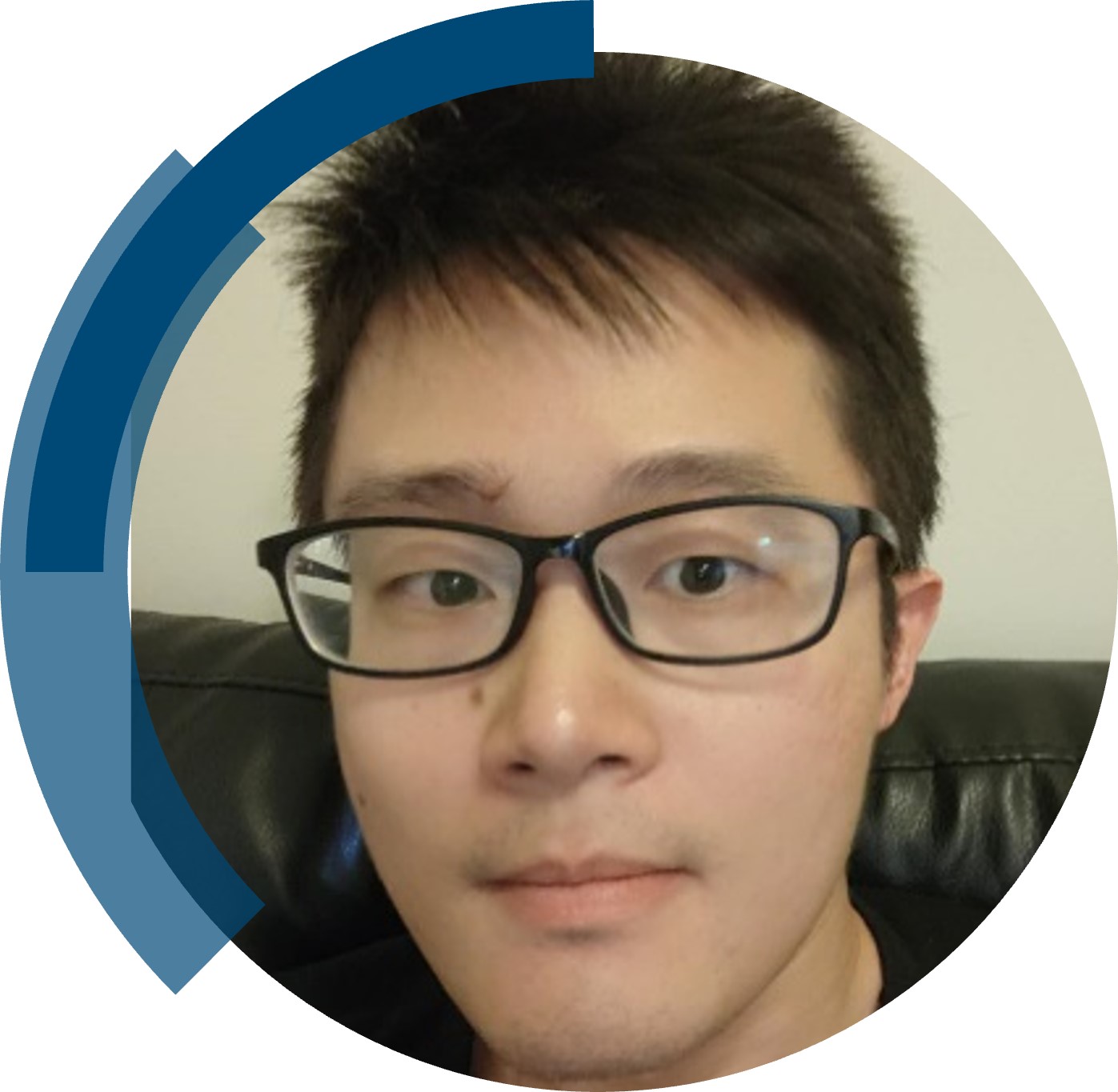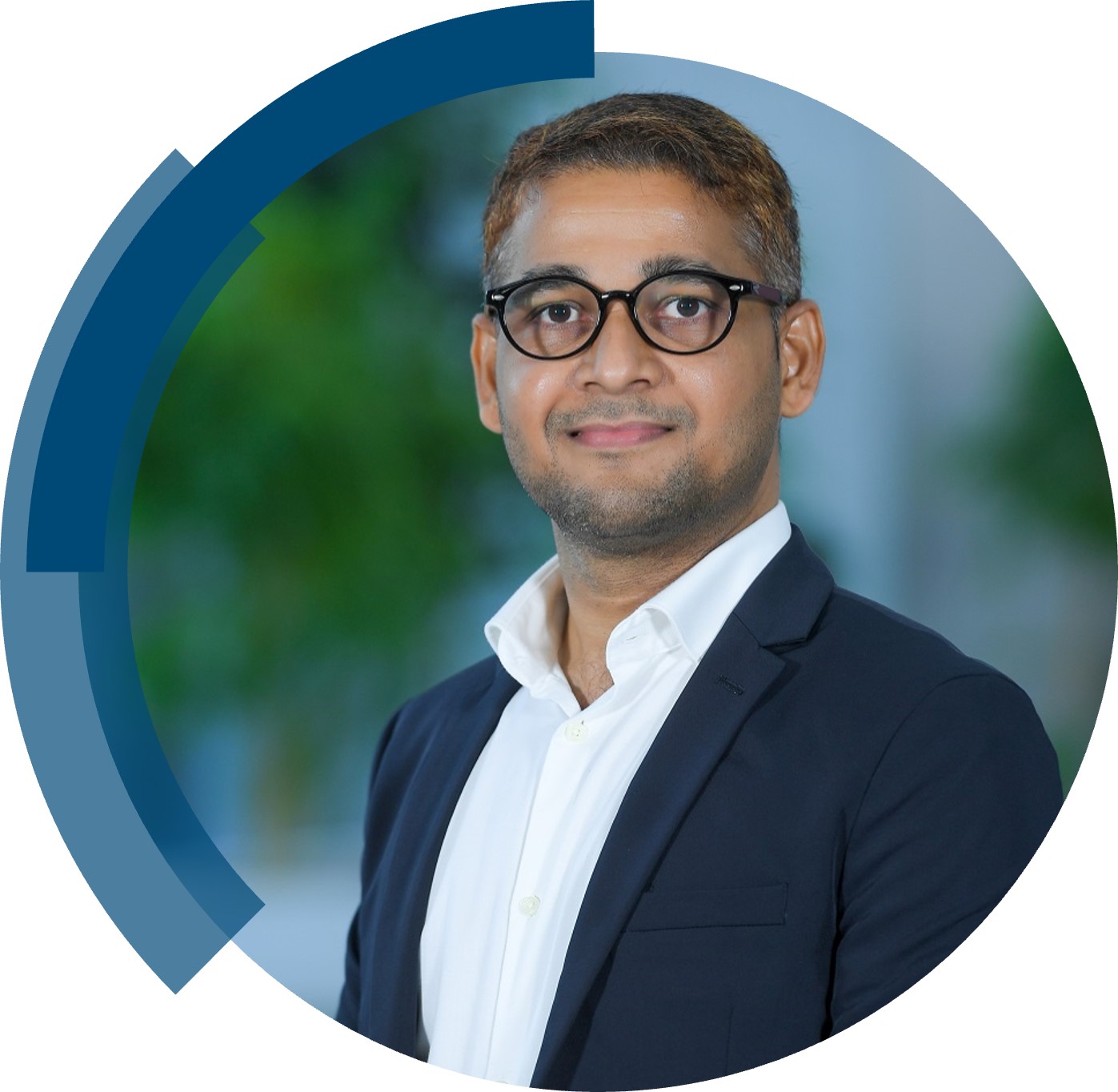We are excited to share the success of Zhen Jiang’s first-time independent article in ChemComm; “Designing strong, fast, high-performance hydrogel actuators” included in the full milestones collection.
Read our interview with Zhen below.
What are the main areas of research in your lab and what motivated you to take this direction?
In my project, harnessing the power of organic/polymer chemistry, we are designing and synthesizing new polymeric materials that could shape the future of soft robotics. The created polymers can change their shape or size in response to stimuli like electricity, heat, light, chemical or pH. We are very passionate about this research because we believe that expansion of the capabilities of soft robotics requires new synthetic polymeric materials.
Can you set this article in a wider context?
A key component in soft robotic devices is soft actuators which can transduce energy into mechanical motions. Among all of the soft actuator materials, hydrogels absorbing large amounts of water are particularly promising to be integrated into soft robotics, due to their tissue-like softness, and ability to undergo large deformations. However, there are substantial shortcomings that limit their performance and real-world applications.
In this Highlight, we discuss the recent advances in material designs to address pre-existing limitations in hydrogel actuators such as poor mechanical properties, slow actuation speed and limited actuation performance. We also comment on the important role of synthetic chemistry in creating hydrogel actuators with improved material performance and exceptional functionalities. It is thus anticipated that our article can spark great interest among chemistry community in developing advanced materials for soft robots.
What do you hope your lab can achieve in the coming year?
In the next few years, using molecular design principles, we will focus on synthesizing advanced soft actuator materials exhibiting a unique combination of high-power actuation, excellent mechanical properties and good processability.
Describe your journey to becoming an independent researcher.
I did my Master in Material Science at Fudan University, China. I was trained with extensive organic chemistry skills to synthesize functional small molecules/polymers and learned how to design photodeformable polymers. Then I went to University of Queensland for my PhD study, working on a number of projects related to synthetic polymers while aiming for different applications including high-resolution lithography, functional nanopatterns and soft actuators. These research experience enable me to develop a high level of independence which lay foundation for my current project. In 2022, I was awarded an Australian Research Council Discovery Early Career Researcher Award (ARC DECRA) to broaden my network and mature as an independent researcher.
What is the best piece of advice you have ever been give?
The best advice I have received is probably from my Master supervisor Prof. Yanlei Yu at Fudan University “Opportunities are only for those who are prepared”. This advice helps me get through the tough time in my research career, and keeps me optimistic and have faith.
Why did you choose to publish in ChemComm?
As a polymer chemist, I am a regular reader of ChemComm which is one of the best journals in the field of chemical science. The reviewer’s comments are very helpful in improving the quality of submitted manuscripts. I am also especially impressed by its strong support to early career researchers.
Explore more ChemComm Milestones news and updates on our Twitter: @ChemCommun













